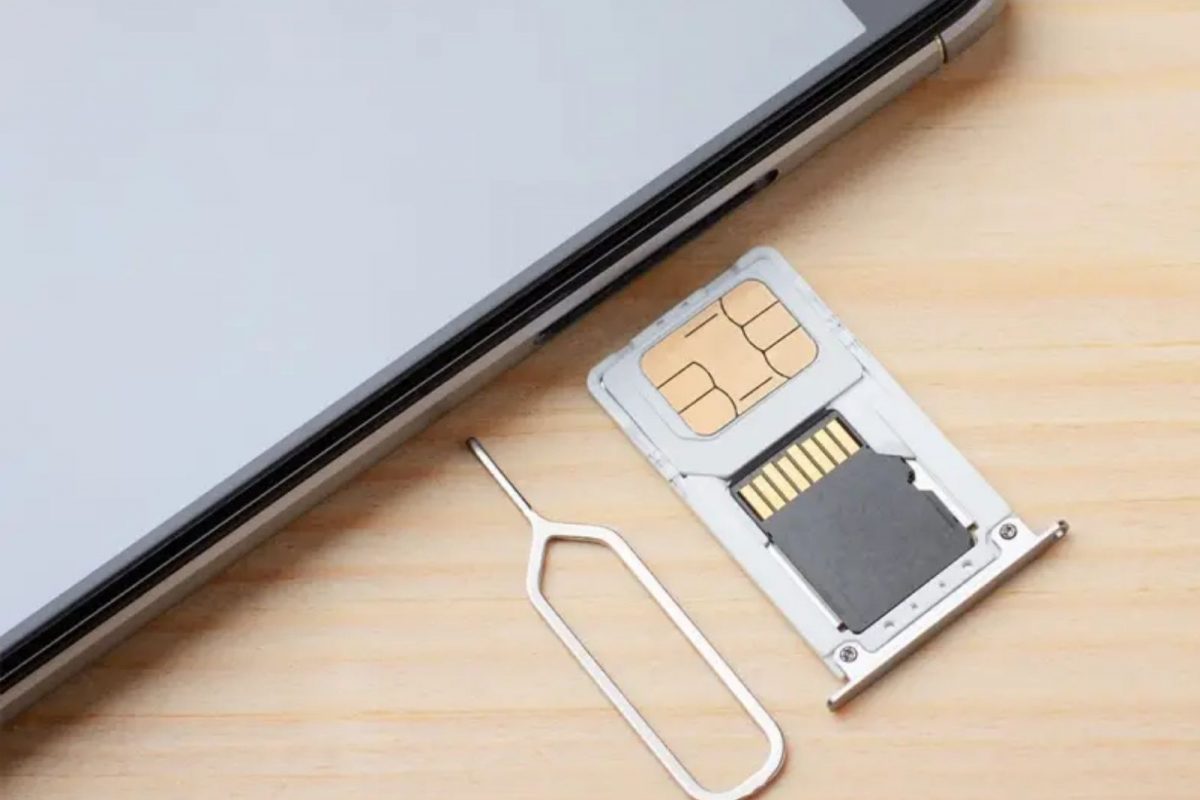|
Getting your Trinity Audio player ready...
|
The next version of Google’s mobile operating system, Android 13, is presently under development. This implies that, while average users do not have easy access to Android 13, developers, or testers, do. Google is releasing new features for these testers, and the most recent one might make utilizing many phone numbers on one phone much easier without having to change the SIM card.
Mishaal Rehman of Esper discovered a new feature called Multiple Enabled Profiles (MEP) in Android 13’s newest code. Google patented this concept in 2020 and may finally be going to incorporate it into Android 13.
Essentially, MEP in Android may be a technique of allowing multiple SIM profiles on a single eSIM — removing the requirement to utilize two distinct physical SIM cards or two eSIM cards to use two networks at the same time. Because no phone supports solely eSIM, if implemented on a phone with a physical SIM card slot, the user will be able to enable three mobile networks on the phone. Read also: Latest Gadgets: ASUS Zenbook 14 Flip – What’s So New?
However, it is doubtful that popular phones would handle three networks at the same time, therefore this feature may end up replacing the present physical SIM card slot with an eSIM.
Even though physical SIM cards have shrunk in size over the years, they remain in use, not because manufacturers haven’t found a remedy, which would be eSIM, but because they haven’t found a way for eSIM technology to support two networks at the same time. Read also: iOS 15.4.1 Released with a Fix for Battery Drain Issues
If Google can make an eSIM that supports two networks a reality, it may be that breakthrough. The Multiple Enabled Profiles feature discovered in Android 13 code may or may not make it to the stable release, depending on how well it is tested. In any case, a feature like this might benefit both customers and smartphone makers.

